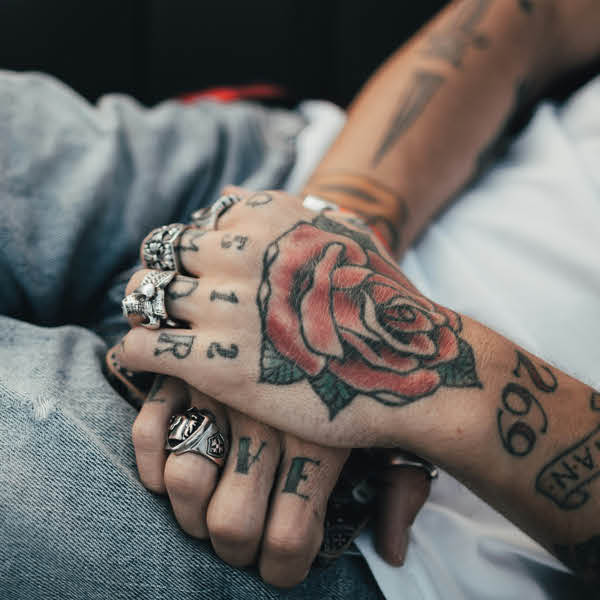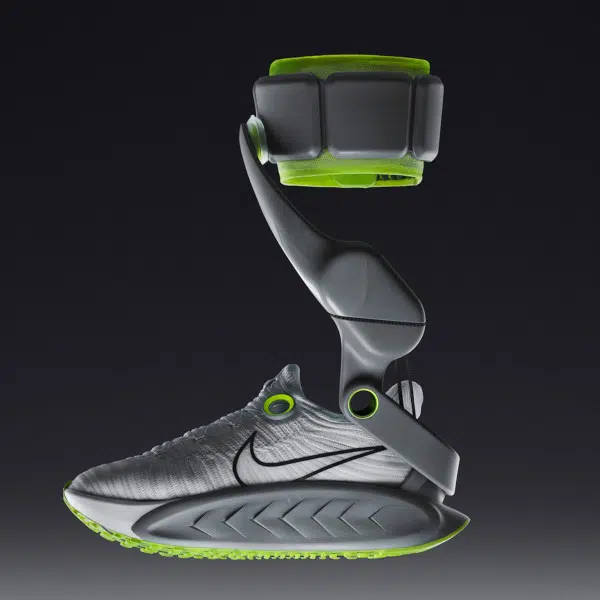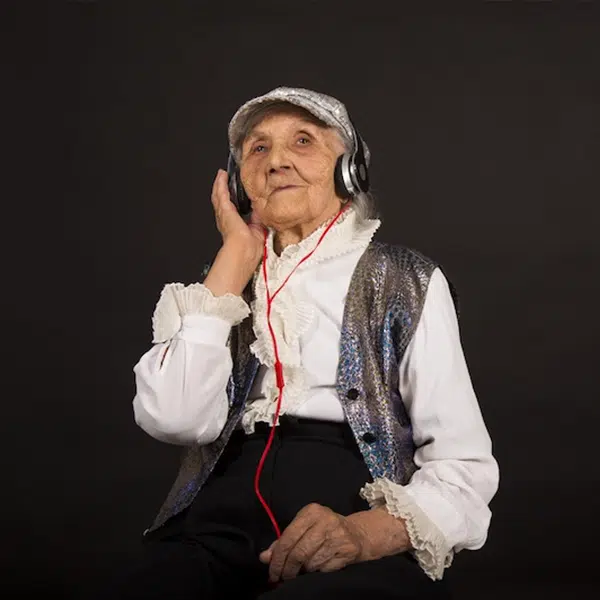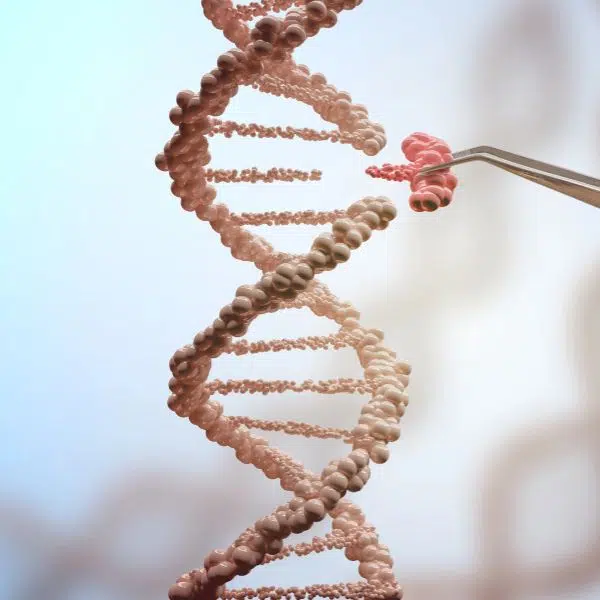What number is this? pic.twitter.com/pDitRn0P6v
— Isaac King (@IsaacKing314) May 28, 2024
At some point in your life, It’s likely you have come across—and perhaps even taken—an Ishihara test. Whether online or when having your eyes checked, this test is a vision test to check for colorblindness. If everything is in order, you're usually able to distinguish a number or pattern between a conjunction of red and green dots. But did you know this test also works the other way around? Isaac King recently shared a reverse Ishihara test on X (formerly Twitter). This means you'll only be able to see the hidden message if you are colorblind.
Take a look at the image above. If you see blotches of red, green, and brown, that means you most likely don't have any color deficiencies. However, those with deuteranopia, a specific type of red-green colorblindness, can see a “73” written in big numbers. On the other hand, for people with protanopia—meaning they have less sensitivity to the color red—a crooked “23” might appear instead.
Turning the tables on this kind of test bridges the experiences between those who do and don't have colorblindness. Just as someone with normal color vision may struggle to spot the “73” in this image, those with color deficiencies would have a hard time trying to make out a number hidden in a regular red and green pattern. Tweaking each test also allows medical providers to determine where they are lacking.
If you have colorblindness, know that you're not alone. It is estimated that there are 300 million colorblind people in the world, with one in 12 men and one in 200 women having this condition. And you're in good company, as director Christopher Nolan, musician Sting, and even Fred Rogers belong to the list of colorblind creatives.
Ishihara tests are used to spot colorblindness in a patient by hiding a message in a red and green pattern. But did you know it also works the other way around?
This is a reverse Ishihara test, where the number is only visible to people who *are* colorblind.
Everyone who said “lol I know this isn't a number, you're just messing with me”: congrats! You're not colorblind. 🙂 https://t.co/81bOuMSfXs
— Isaac King (@IsaacKing314) May 28, 2024
X/Twitter user Isaac King recently shared a reverse Ishihara test. This means you'll only be able to see the hidden message if you are colorblind.
Blue channel showing like 73 pic.twitter.com/BlWPunHdQF
— RadChemLab (@chem_rad) May 28, 2024
Those with deuteranopia, a specific type of red-green colorblindness, can see a “73” written in big numbers.
Messed with the RGB channels a bit in Gimp, and sure enough: pic.twitter.com/9zZBGbmayr
— Jens Goldberg (@Aransentin) May 28, 2024
@GIMP_Official has these nice color filters to emulate different types of color blindness. btw, this is even a nice tool to test if images work for color blind people. pic.twitter.com/TzKX41oOqp
— tobias (@tobias24617399) May 29, 2024
I can't actually see it but the comments said 73 so I can sort of “see” a 73 because there are slight shade differences. The Gray in the brown, more pink vs orange red, the green is cool vs warm.
I only “found” it cause I knew what to look for. If it's right. pic.twitter.com/t0t2O9r4KW— Penguin (@kitten_ruby) May 29, 2024
Of the colorblind people who have seen it, about half of them say it's 23 and the other half say 73. I can't see the number myself, but two people in the replies messed with photoshop to make it visible to those with normal vision and they both found 73.
— Isaac King (@IsaacKing314) May 28, 2024
Those without color deficiencies found it hard to spot the hidden number.
Me squinting my eyes, rotating my phone, trying to get some way to make it appear pic.twitter.com/2pZxVuwl4Q
— Cole Murray (@_ColeMurray) May 28, 2024
It's a funky smile pic.twitter.com/GEeBewsrHs
— Duneslaya (@DuneSlaya) May 29, 2024
WAIT IM COLORBLIND?
— Torizawa (@TheDsquads) May 29, 2024
h/t: [Digg]
Related Articles:
10-Year-Old Boy Gets Colorblind Glasses for His Birthday and Has the Most Wholesome Reaction
The Yellow Circle in This Optical Illusion Isn’t Actually Yellow
Optical Illusion Looks Like a Photo Taken From Space But It’s Not
This Optical Illusion Reveals Different Sets of Numbers To Different People






















































































